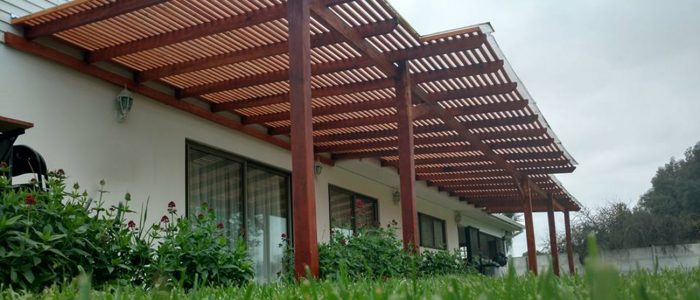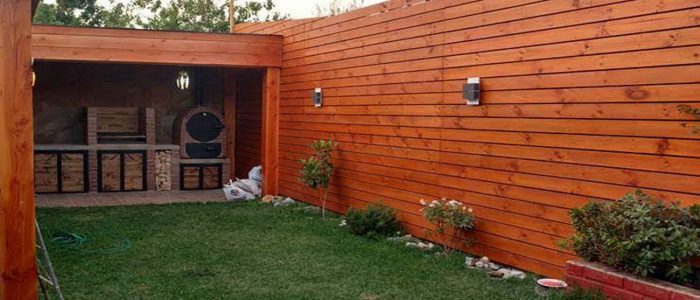The average amount of bruising and swelling occurs in the injured part of the body. This vacuum may allow the lymphatic drainage channels to drain swelling and other inflammatory cells away from the injured area. 4. Cut a second strip 4 inches long and apply it across the inside of your Shin Taping Videos, over the area where you have pain, stretching the tape in the middle halfway between maximum looseness and tightness. Tape is also infinitely useful in securing gauze pads to your skin and holding them securely in place, so you should always have some to hand. Another concern is to take measures to ensure that the body of the hand truck which usually consists of medals such as steel or aluminum does not scratch your appliance or furniture. Rub the anchor point with your hand to activate the tape’s adhesive. Tape, scissors, pre-wrap, and a clean knee and leg to ensure the tape adhesive sticks. Kinesiology tape is an elastic cotton strip with an acrylic adhesive. The tape can be left on for three to five days. This part of a series of posts presenting very simple, yet effective, taping techniques that virtually anyone can master. With the muscle elongated, anchor the 2 inches of exposed tape at the base of the area you’re taping.
Tape should be used in conjunction with other treatments during rehab to reap the best results. As a brief note, taping of the fingers to support the pulleys will never be strong enough to replace the job of a pulley, but it can offload the tissue to avoid other complications during rehab. In other words, taping alone may not heal your injuries, but it can help you keep running while you get the underlying problem under control. While most athletic tapes are only intended to be worn for a brief period of time in order to prevent too much stiffness of the joint, kinesiology tape can be used differently because it doesn’t severely limit circulation. After receiving any type of soft tissue manipulation treatment or manual therapy kinesiology tape can help to extend the patient’s benefits. If they’re still not doing what you want them to do, you can try again with the tape (but wait a few days to give your skin time to breathe).
In addition to the ones listed above by Kinesio, you’ll hear that elastic taping can “re-educate the neuromuscular system,” boost performance by enhancing blood flow, and even improve running form by delaying fatigue in your body’s weak spots. Taping has multiple benefits when used for knee pain caused by runner’s knee. They were developed by the makers of RockTape, a new brand of kinesiology tape that has been engineered to enhance athletic performance in addition to providing therapeutic benefits. Personally, I suspect the benefits we see are the result of the tape influencing the nervous system via sensory feedback, which is why success is very subjective and depends on the individual runner. If not, you may have applied too much tension during application, so bend your knee once more and adjust your tape placement. Repeat with two more pieces of tape. Some people’s feet are more muscular as a result of genetics. Inflamed Bursa – bursa are small sacs of fluid that provide cushion and reduce friction between bones. There were inconsistent range-of-motion outcome results, with at least small beneficial results seen in two studies, but trivial results in two other studies across numerous joint measurements.
Examination reveals tenderness to palpation along the ulnar side of the distal radioulnar joint. 4. Cut a second strip 4 to 6 inches long and apply it on the side of your knee, over the area where you have pain, stretching the tape in the middle halfway between maximum looseness and tightness. Here are a few points about both types of tape for you to consider when making your choice. But what happens when you are able not afford the membership. There are various applications of kinesiology tape that are used depending on the injury being treated. Also, to add tension to the tape, stretch the tape to its full extent. With the quad muscle relaxed, position the two tails over the tendon (the soft spot) and wrap them around the leg with tension. The ends are always laid down with no tension. Compressed Nerves – there are many important nerves that travel along the bottom of the foot. There have been dozens of studies done on this topic over the last 20 years.









